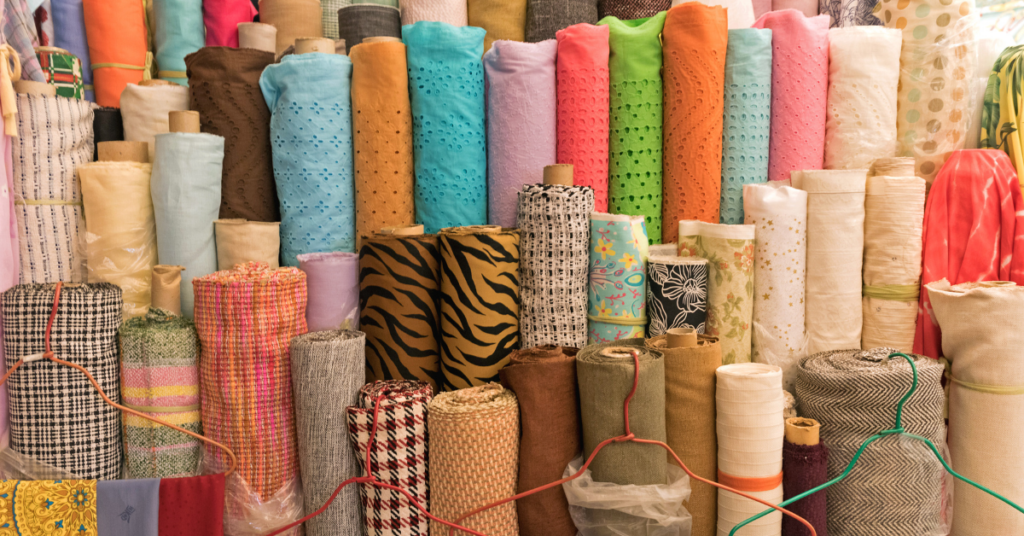
The government envisions the unified platform as a comprehensive digital ecosystem designed to tackle critical issues facing the textile sector. A central feature will be a real-time data dashboard, providing stakeholders with up-to-date information on market trends, export performance, and the effectiveness of various government schemes. This transparency aims to facilitate informed decision-making and proactive problem-solving.
The platform will incorporate dedicated modules for addressing specific challenges. These modules will focus on areas such as skill development, technological upgrades, and access to finance. Furthermore, it will include a robust grievance redressal mechanism, enabling stakeholders to report issues and track their resolution in a timely manner. The goal is to create a user-friendly interface that streamlines communication and collaboration across the entire industry.
Another key aspect of the unified platform is its integration with existing government portals and databases. This seamless data flow will minimise duplication of effort and ensure data accuracy. The platform will also leverage advanced analytics to identify emerging trends and potential bottlenecks in the textile sector. This proactive approach will allow the government and industry stakeholders to anticipate challenges and implement effective solutions.
The unified platform promises a multitude of benefits for all stakeholders across the textile sector. For businesses, particularly small and medium-sized enterprises (SMEs), the platform will offer improved access to information, technology, and markets. This will enable them to enhance their competitiveness, expand their operations, and increase their export potential. The platform’s data-driven insights will empower businesses to make informed decisions regarding production, marketing, and investment.
The government stands to gain from improved monitoring and evaluation of its policies and programmes. The platform’s real-time data and analytics capabilities will provide valuable insights into the effectiveness of various interventions, allowing for course correction and optimisation. This will lead to more efficient resource allocation and improved outcomes for the textile sector as a whole. Furthermore, the platform will facilitate better coordination among different government agencies involved in the sector.
Workers in the textile industry will benefit from improved access to training and skill development opportunities. The platform will provide information on available programmes and facilitate enrolment, leading to enhanced skills and better employment prospects. The grievance redressal mechanism will also empower workers to voice their concerns and seek resolution to workplace issues. This will contribute to a more equitable and inclusive working environment within the textile sector.
The unified platform aims to create a more transparent, efficient, and collaborative ecosystem for the textile sector. By addressing critical issues and fostering innovation, the platform will contribute to the sector’s sustainable growth and enhance its contribution to the Indian economy. The improved communication and collaboration facilitated by the platform will also strengthen the relationship between the government, industry, and workers, leading to a more harmonious and productive environment.
The government anticipates a phased rollout of the unified platform, commencing with a pilot project involving key stakeholders from various segments of the textile sector. This initial phase will focus on testing the platform’s functionality, gathering user feedback, and refining its features based on real-world experiences. The pilot project is expected to last for approximately six months, during which time a dedicated team will monitor its performance and address any technical issues that may arise.
Following the successful completion of the pilot project, the unified platform will be progressively rolled out across the entire textile sector. This wider implementation will involve a comprehensive training programme for all stakeholders, ensuring they are equipped with the necessary skills to effectively utilise the platform’s features. The government intends to leverage existing industry associations and training institutions to deliver these training programmes. A help desk will be established to provide ongoing support and assistance to users.
The complete implementation of the unified platform is projected to take approximately two years. This timeline allows for thorough testing, user training, and integration with existing systems. The government will closely monitor the progress of the implementation and make adjustments as needed to ensure its success. Regular updates on the implementation progress will be provided to stakeholders through various channels, including online portals and industry forums. The aim is to ensure transparency and maintain momentum throughout the implementation process, to ensure that the issues of the textile sector get speedy resolution.
Despite the ambitious goals of the unified platform, several challenges and concerns need careful consideration. Data security and privacy are paramount. The platform will handle sensitive business information, requiring robust security measures to prevent breaches and ensure confidentiality. Establishing clear protocols for data access, storage, and sharing will be crucial to building trust among stakeholders. The government needs to address these issues proactively.
Ensuring equitable access to the platform for all stakeholders, particularly small and medium-sized enterprises (SMEs) in remote areas, is another significant hurdle. Many SMEs may lack the necessary infrastructure or digital literacy to fully utilise the platform’s features. The government may need to provide targeted support and training to bridge this digital divide and ensure that all stakeholders can benefit from the platform.
Interoperability with existing systems and databases within the textile sector could also present challenges. Integrating the unified platform with diverse legacy systems may require significant technical expertise and resources. Standardising data formats and protocols will be essential to ensure seamless data flow and avoid compatibility issues. The platform should be adaptable to different technologies that the industry is using.
Sustained engagement and collaboration among all stakeholders will be critical for the platform’s long-term success. Overcoming resistance to change and fostering a culture of collaboration may require proactive communication and outreach efforts. The government needs to demonstrate the platform’s value and address any concerns or reservations that stakeholders may have. A clear mechanism for addressing grievances and ensuring timely resolution of issues will also be essential for maintaining stakeholder confidence. If the platform does not get used by the industry it is designed for, it will not be a success.